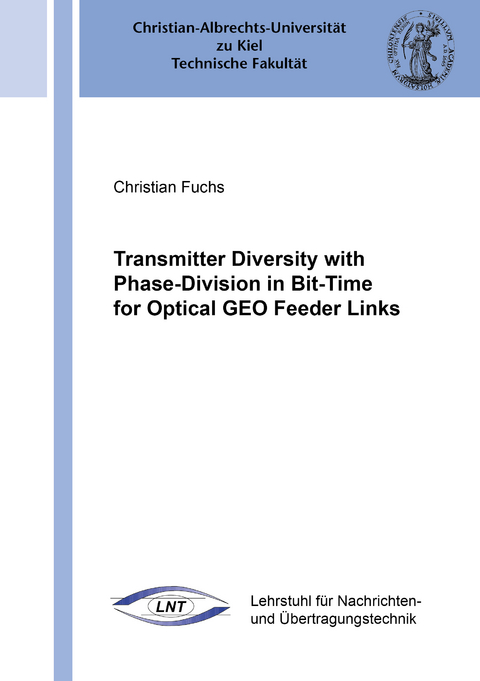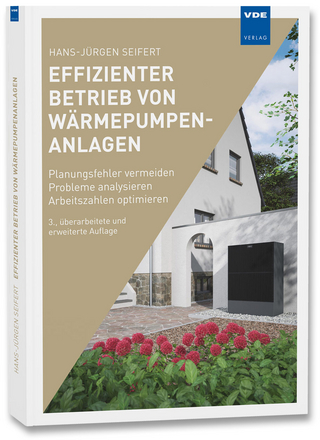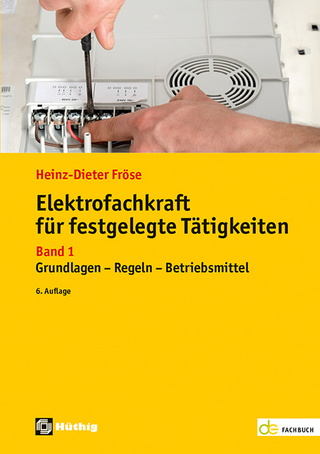Transmitter Diversity with Phase-Division in Bit-Time for Optical GEO Feeder Links
Seiten
- Keine Verlagsinformationen verfügbar
- Artikel merken
Optical communication links have gained increasing attention throughout the last years. The high data rates enabled by such links, together with other positive properties such as the lower size, weight and power, make them an attractive solution for a number of application scenarios. When applied to optical GEO feeder links, i.e. for data communication links from Earth to geostationary satellites, data rates in excess of 1 Tbit/s can be reached on a single link. This is a significant advantage compared to radio frequency solutions, where spectrum limitations require the application of frequency reuse and thus multiple parallel feeder links to reach the desired throughput. However, a number of issues need to be addressed for the successful application of an optical GEO feeder link. Especially the mitigation of atmospheric turbulence, which leads to significant signal fading, is a major challenge.
Transmitter diversity is based on the application of multiple transmitters, which send equal signals to a single receiver. A spatial separation in the order of tens of centimeters between the transmitters is sufficient for achieving de-correlated atmospheric channels, which will result in improved signal statistics at the receiver. Typically, transmitter diversity systems avoid spectral overlap among the different channels by using different wavelengths for the transmitters. Using the same wavelength for multiple transmitters is desirable to reduce complexity, but the additional interference leads to strongly deteriorated received power statistics.
Transmitter diversity with Phase-Division in Bit-Time, which is the focal point of this thesis, applies an additional, pre-determined phase modulation to the transmitters in a transmitter diversity system. This approach mitigates effectively the additional interference outlined previously.
Within this thesis, Phase-Division in Bit-Time will be introduced, investigated, simulated and experimentally demonstrated. The basis for the evaluation is a channel model, which is derived from atmospheric turbulence parameters. Simulations for the purpose of validating Phase-Division in Bit-Time, and to investigate the influence of key components, are conducted. A measurement setup with a channel simulator is used to demonstrate the functionality of the scheme under representative conditions.
The Phase-Division in Bit-Time concept has been found to work properly for the atmospheric turbulence cases derived from the channel model. Results from simulations as well as from measurements confirm the intended functionality.
Transmitter diversity is based on the application of multiple transmitters, which send equal signals to a single receiver. A spatial separation in the order of tens of centimeters between the transmitters is sufficient for achieving de-correlated atmospheric channels, which will result in improved signal statistics at the receiver. Typically, transmitter diversity systems avoid spectral overlap among the different channels by using different wavelengths for the transmitters. Using the same wavelength for multiple transmitters is desirable to reduce complexity, but the additional interference leads to strongly deteriorated received power statistics.
Transmitter diversity with Phase-Division in Bit-Time, which is the focal point of this thesis, applies an additional, pre-determined phase modulation to the transmitters in a transmitter diversity system. This approach mitigates effectively the additional interference outlined previously.
Within this thesis, Phase-Division in Bit-Time will be introduced, investigated, simulated and experimentally demonstrated. The basis for the evaluation is a channel model, which is derived from atmospheric turbulence parameters. Simulations for the purpose of validating Phase-Division in Bit-Time, and to investigate the influence of key components, are conducted. A measurement setup with a channel simulator is used to demonstrate the functionality of the scheme under representative conditions.
The Phase-Division in Bit-Time concept has been found to work properly for the atmospheric turbulence cases derived from the channel model. Results from simulations as well as from measurements confirm the intended functionality.
| Erscheinungsdatum | 24.09.2021 |
|---|---|
| Reihe/Serie | Kieler Berichte zur Nachrichtentechnik ; 21 |
| Verlagsort | Düren |
| Sprache | englisch |
| Maße | 148 x 210 mm |
| Gewicht | 315 g |
| Themenwelt | Technik ► Elektrotechnik / Energietechnik |
| Technik ► Nachrichtentechnik | |
| Schlagworte | Free-Space Optical communications • Optical GEO feeder links • Optical satellite communications • Optische Freiraumkommunikation • Optische Satellitenkommunikation |
| ISBN-10 | 3-8440-8213-1 / 3844082131 |
| ISBN-13 | 978-3-8440-8213-5 / 9783844082135 |
| Zustand | Neuware |
| Informationen gemäß Produktsicherheitsverordnung (GPSR) | |
| Haben Sie eine Frage zum Produkt? |
Mehr entdecken
aus dem Bereich
aus dem Bereich
Planungsfehler vermeiden – Probleme analysieren – Arbeitszahlen …
Buch | Softcover (2024)
VDE VERLAG
44,00 €




